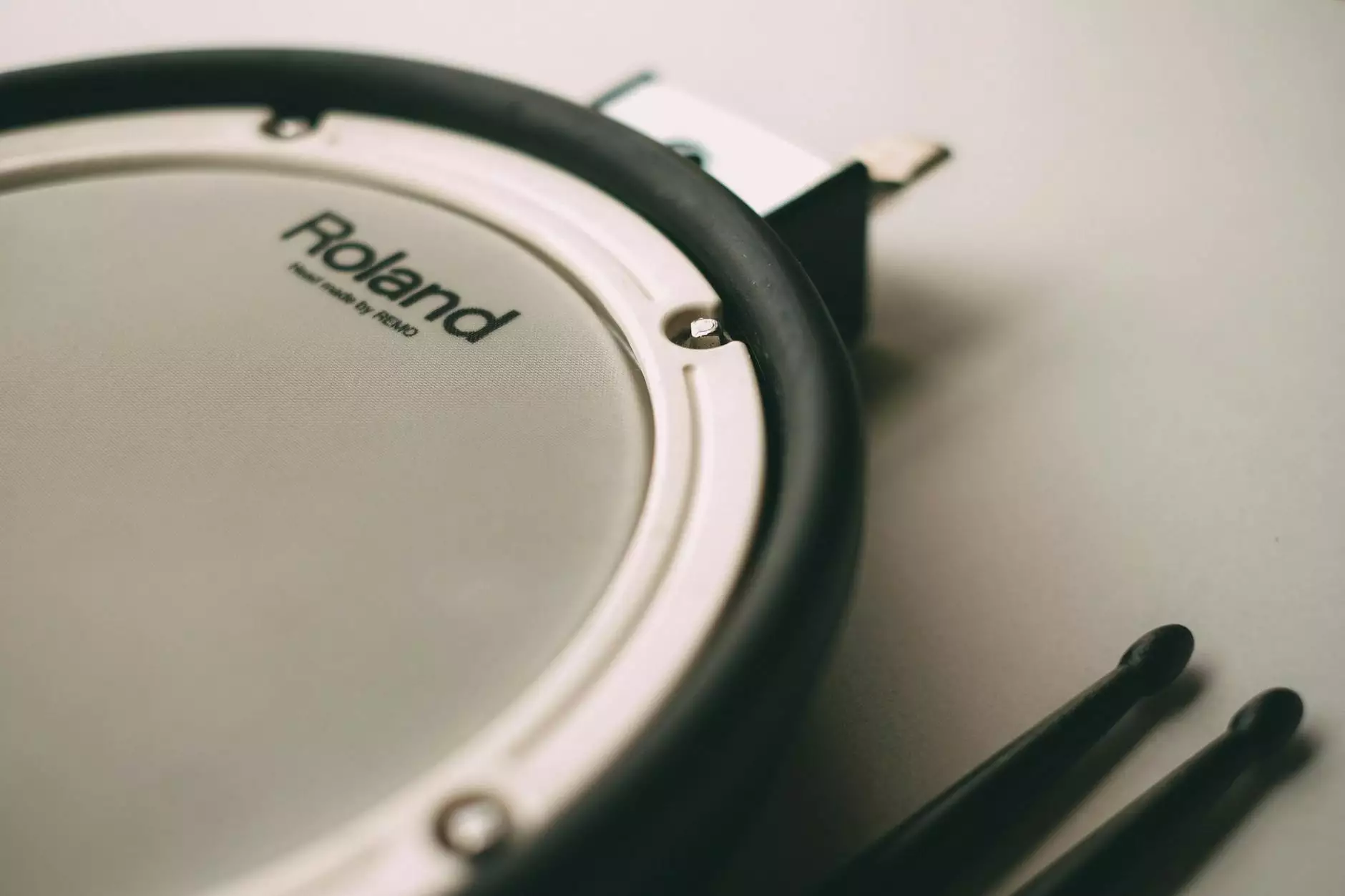The Critical Role of Transmission Valve Body Parts in Automotive Performance

The world of automotive maintenance and repair is vast and intricate, filled with components that each contribute toward the optimal performance of a vehicle. Among these components, transmission valve body parts play a pivotal role. In this article, we will delve deep into what transmission valve body parts are, their functions, how to maintain them, and their impact on vehicle performance, ensuring your understanding is both comprehensive and detailed.
What Are Transmission Valve Body Parts?
The transmission valve body is a crucial component of an automobile's transmission system. It acts as the control center for the transmission fluid, directing it to various parts of the transmission. This process ultimately governs how the vehicle shifts gears, affecting both performance and drivability.
The valve body consists of a series of channels, valves, and passages that work in harmony to modulate hydraulic pressure. It is equipped with numerous valves, solenoids, and gaskets—each part serving a unique function in managing the flow of fluid through the transmission. When we refer to transmission valve body parts, we encompass all these essential components.
The Importance of Transmission Valve Body Parts
Without a properly functioning valve body, the transmission will not operate effectively, leading to significant issues such as slipping gears, rough shifting, decreased fuel efficiency, and increased wear on other components. Here are some vital roles that transmission valve body parts play:
- Gear Shifting: The valve body's primary function is to control the hydraulic flow that activates the gears. Smooth and timely shifts depend on its precise operation.
- Pressure Regulation: Maintaining proper hydraulic pressure is crucial. The valve body adjusts fluid flow based on the vehicle's speed, load, and throttle position.
- Temperature Control: By directing fluid to the cooler or various parts of the transmission, the valve body helps manage operational temperatures, preventing overheating.
Common Issues with Transmission Valve Body Parts
Like any automotive component, transmission valve body parts can experience wear and tear over time. Recognizing these issues early can save significant repair costs and time. Below are some common problems:
- Sticking Valves: Accumulation of dirt and debris can cause the valves to stick, leading to erratic shifting and gear slippage.
- Fluid Leaks: Damaged gaskets or seals can result in fluid leaks, causing loss of hydraulic pressure and transmission failure.
- Electrical Failures: Malfunctions in the electronic components, such as solenoids, can disrupt the hydraulic control, leading to poor performance.
Maintenance of Transmission Valve Body Parts
Proper maintenance of transmission valve body parts is essential for ensuring the longevity and reliability of your vehicle's transmission system. Here are some key maintenance practices:
Regular Fluid Changes
Keeping your transmission fluid clean is critical. Old or contaminated fluid can cause premature wear on the valve body components. Follow your vehicle's manufacturer guidelines for recommended fluid change intervals, typically every 30,000 to 60,000 miles.
Visual Inspections
During routine maintenance, inspect the valve body for signs of damage or wear. Look for:
- Cracks or Warps: Physical damage can impede functionality.
- Wear on Valve Seats: Determine if valves are sealing correctly.
- Fluid Leakage: Check for any signs of leaks around gaskets.
Diagnostic Checks
Utilizing a professional diagnostic tool can help identify issues with solenoids and electronic components. Confirm that the transmission control module is functioning properly and that all sensors are reporting accurately.
Replacement of Transmission Valve Body Parts
When maintenance or inspection reveals that components are no longer functional, timely replacement is essential. Here’s how to approach the replacement of transmission valve body parts:
Identifying the Right Parts
When sourcing replacement parts, it’s crucial to obtain high-quality components that are compatible with your vehicle. At shenghaiautoparts.com, you can find a comprehensive range of automotive parts, including reliable transmission valve body parts.
Professional Installation
For optimal performance, have your parts installed by a professional mechanic. Proper installation is critical to ensuring that all components function correctly together.
Advanced Technologies in Transmission Valve Body Systems
As technology evolves, so do the systems within our vehicles. New advancements have lead to enhanced functionality of transmission valve body parts:
Electronic Valve Bodies
Modern transmissions often utilize electronic valve bodies that enable more precise control over hydraulic functions. These systems offer benefits such as:
- Smoother Shifts: Enhanced control over shifting dynamics leads to a more comfortable driving experience.
- Improved Fuel Efficiency: By optimizing fuel use during shifts, electronic systems can contribute to better fuel economy.
- Adaptive Performance: Electronic systems can learn from driving patterns and adjust accordingly for optimal performance.
Conclusion
Understanding and maintaining transmission valve body parts is vital for any vehicle owner who wishes to ensure their car runs smoothly and efficiently. From recognizing the roles these components play in transmission performance to engaging in proactive maintenance and replacement when necessary, every step contributes toward a longer lifespan for your vehicle. Explore high-quality parts and accessories at shenghaiautoparts.com to keep your transmission and automotive systems in top condition.









